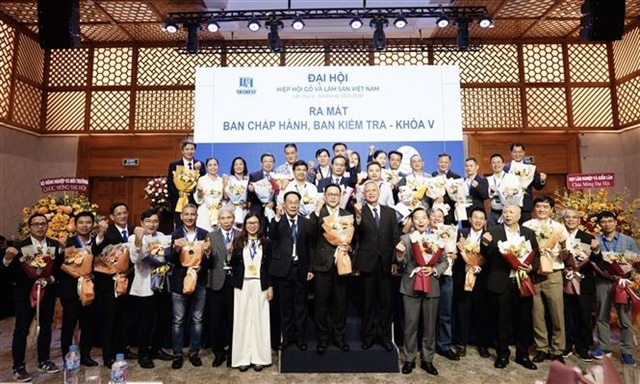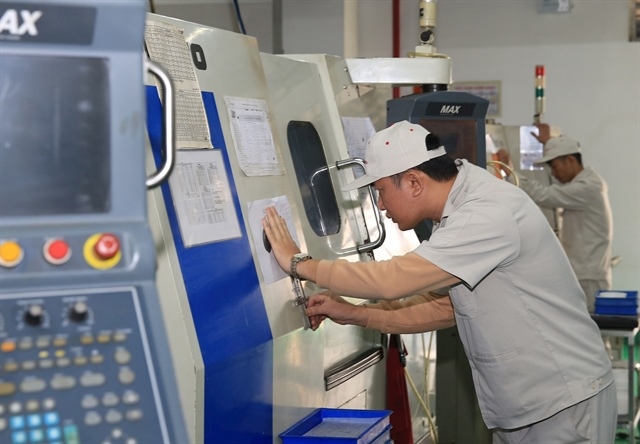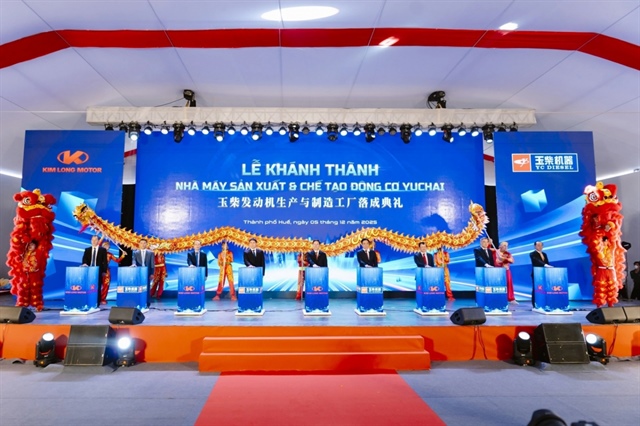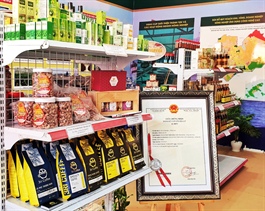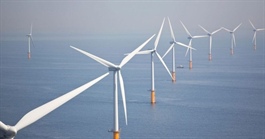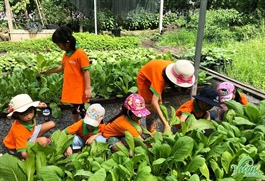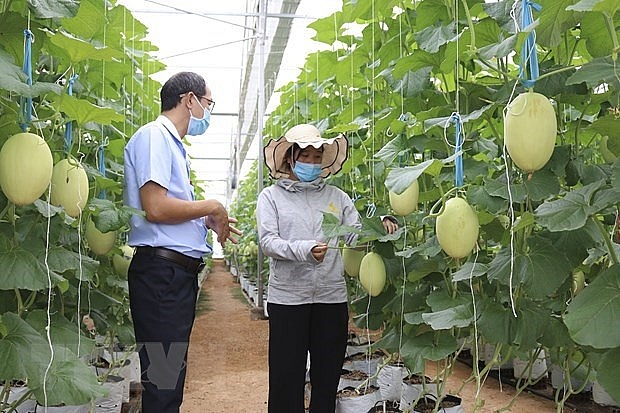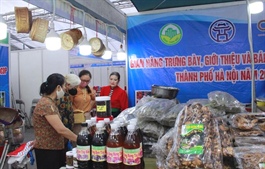Role of Hanoi and Ho Chi Minh City in tourism planning for 2021-2030
Role of Hanoi and Ho Chi Minh City in tourism planning for 2021-2030
In the next stage of tourism development, good quality targeting high-end, long-stay, and high-spending visitors is believed the top priority.
Vietnam's tourism planning in the 2021-2030 period, with a vision for 2045, needs to clarify the role of the two most significant tourism, economic, political, social, and financial centers – Hanoi and Ho Chi Minh City – to develop the services sector.
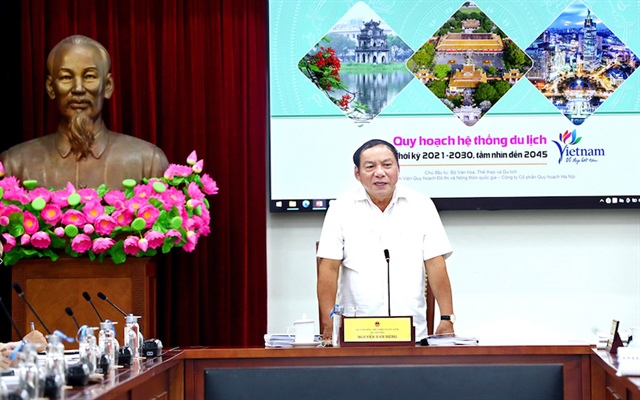
Minister of Culture, Sports and Tourism Nguyen Van Hung addresses the meeting. Photo: vietnamtourism.vn |
It was one of the requests made by Minister of Culture, Sports and Tourism Nguyen Van Hung after hearing the report on drafting the tourism master plan held on September 22.
Hung requested the Vietnam National Administration of Tourism (VNAT) and the consulting unit of the planning to clarify the competitive advantages of Vietnam’s tourism, analyze forecasts, development trends, and goals, as well as study the role of linkage in the industry.
He emphasized that the planning draft should include research scopes and comparisons among Southeast Asian countries. Meanwhile, it's necessary to have a broader assessment of tourism resources, transport infrastructure, and manpower.
The planning needs to clarify how tourism contributes to the country’s economy.
VNAT general director Nguyen Trung Khanh said the agency has so far revised and taken into account the recommendations.
The draft will be submitted to the minister, who will forward it to the Prime Minister for approval.
According to the planning, by 2025, Vietnam's tourism will fully recover from the impacts of the pandemic and become an attractive destination with high development potential. By 2030, tourism will become a spearhead toward green development. By 2045, it will be an economic driving force with Vietnam becoming a prominent global destination in the group of leading tourism markets in the Asia-Pacific region.
The planning identifies four main product lines: sea and island tourism, cultural tourism, eco-tourism, and urban tourism. Besides, it may also include other tourism types based on the strengths of regions and localities such as tourism combined with health care, agricultural-rural tourism, sport, and industrial tourism.
|
Vietnam's tourism planning targets: (1) Developing tourism into a key sector accounting for an increasing share in GDP structure, creating a driving force to promote the development of other industries and fields. (2) Developing tourism in a manner of professionalism, modernity, quality, and competitiveness. (3) Effectively developing inbound and outbound tourism. (4) Promoting national potential and advantages, focusing on developing tourism coupled with marine space, preserving and promoting heritage values and national cultural identity; closely associated with industries and fields; improving the efficiency of regional, local and international linkages. (5) Developing tourism in association with digital transformation, taking advantage of scientific and technological achievements. (6) Responding flexibly to risks and climate change, ensuring national defense and security. |


